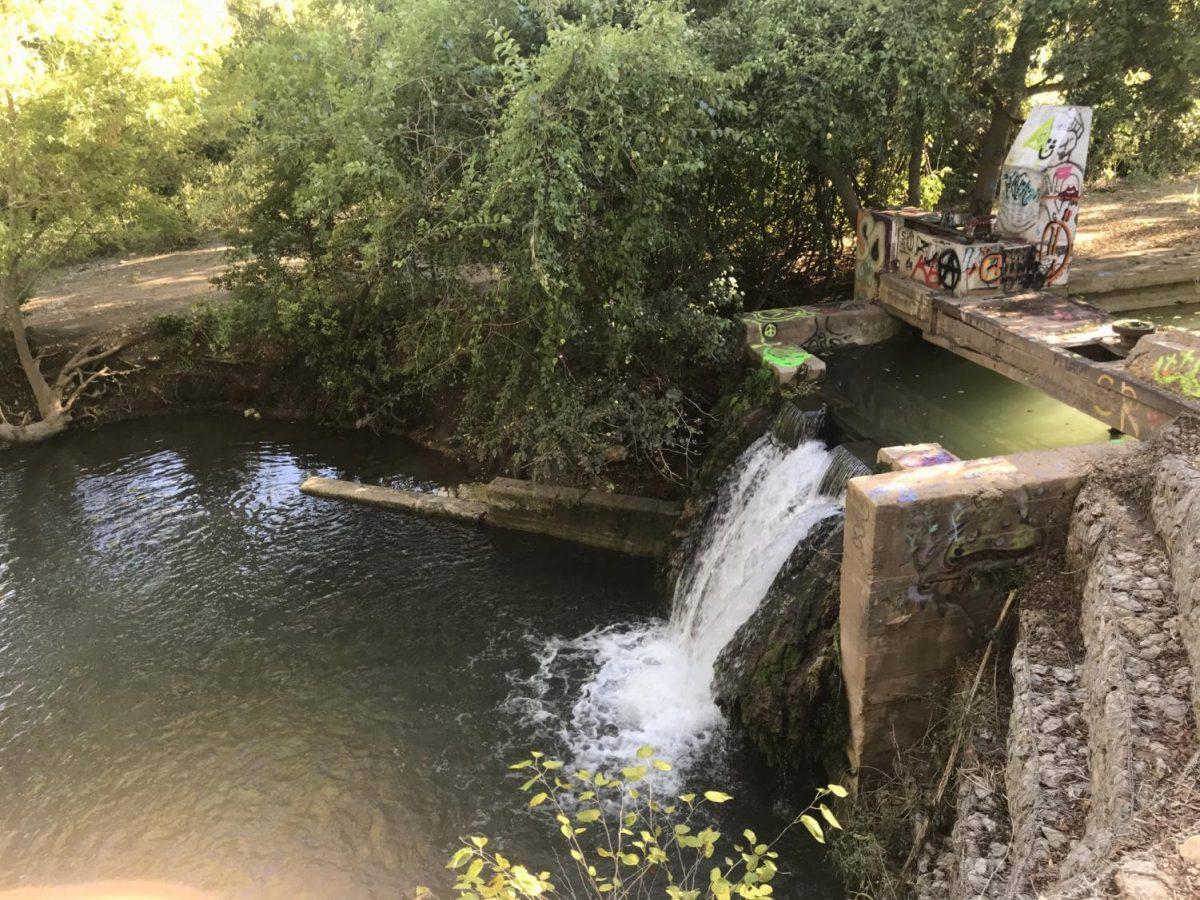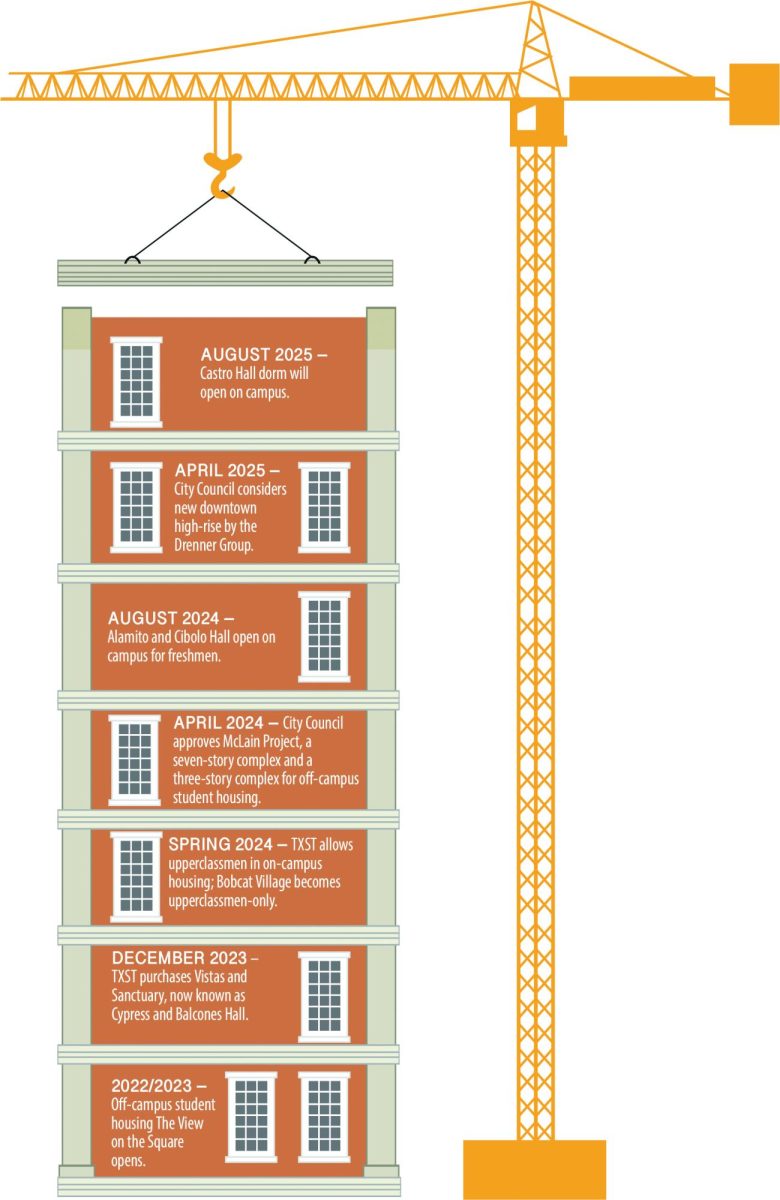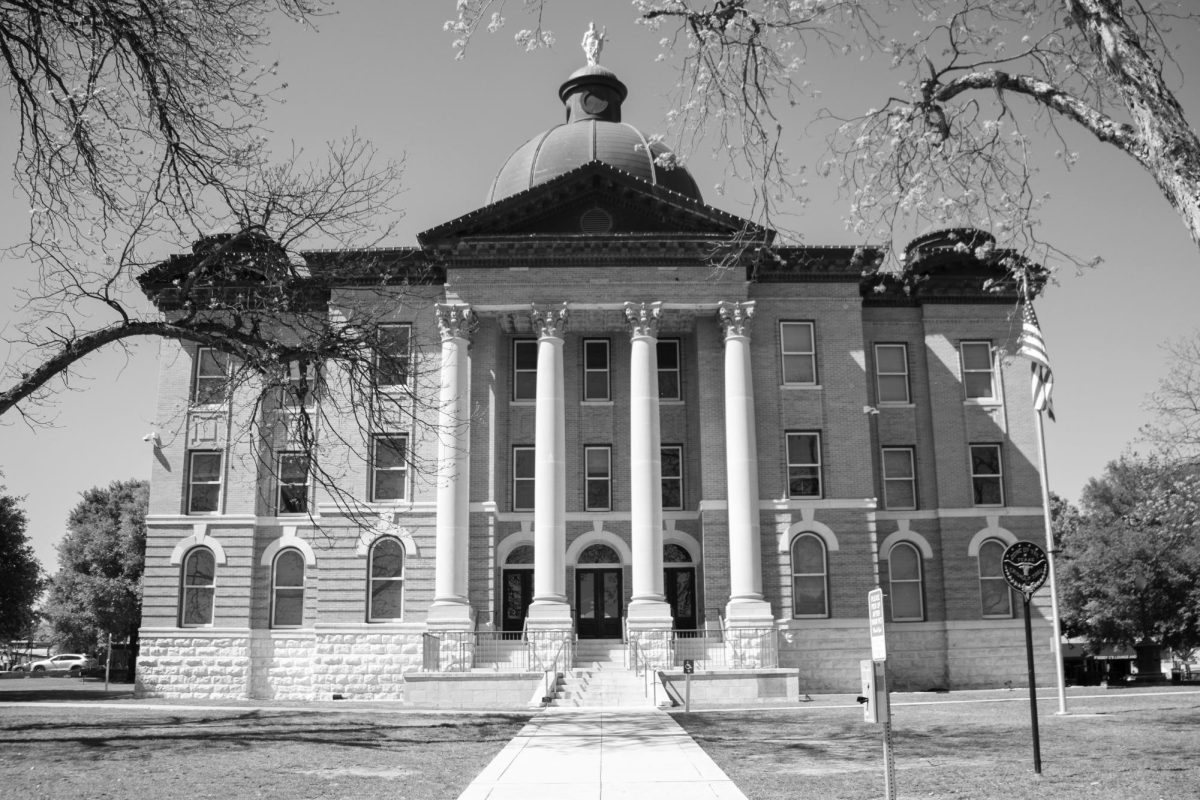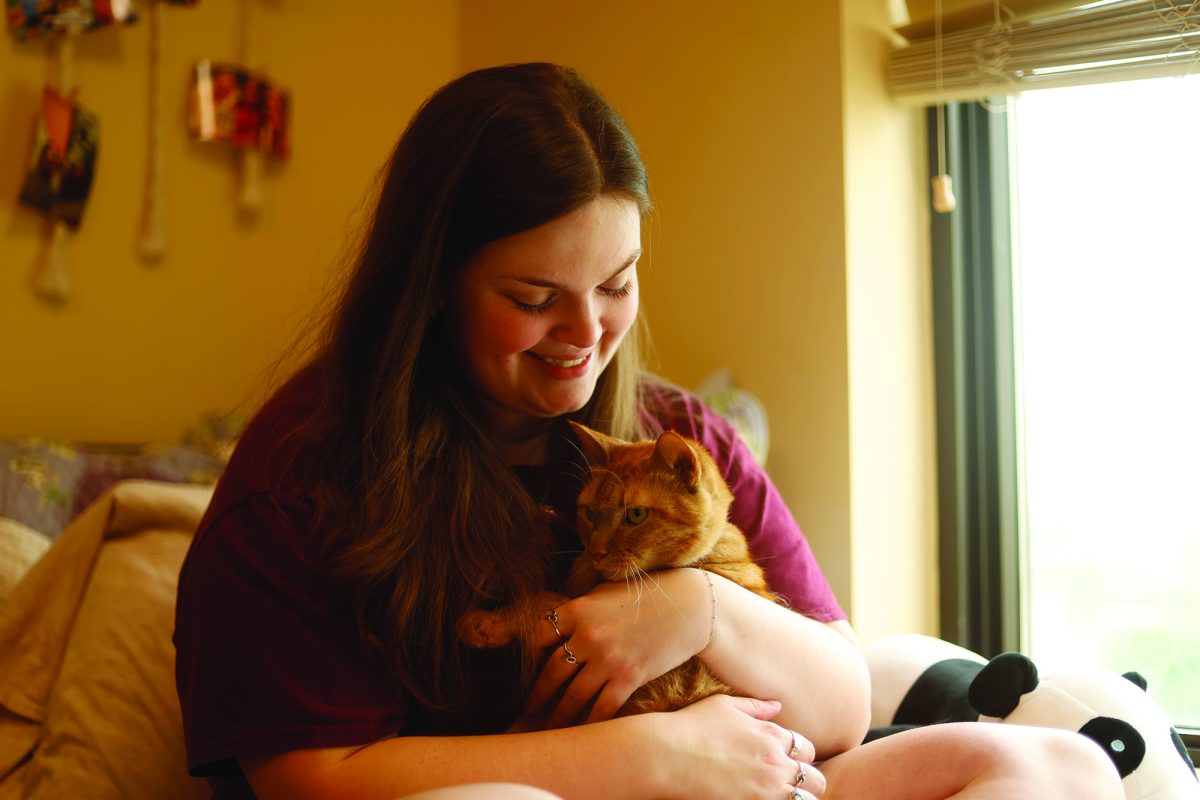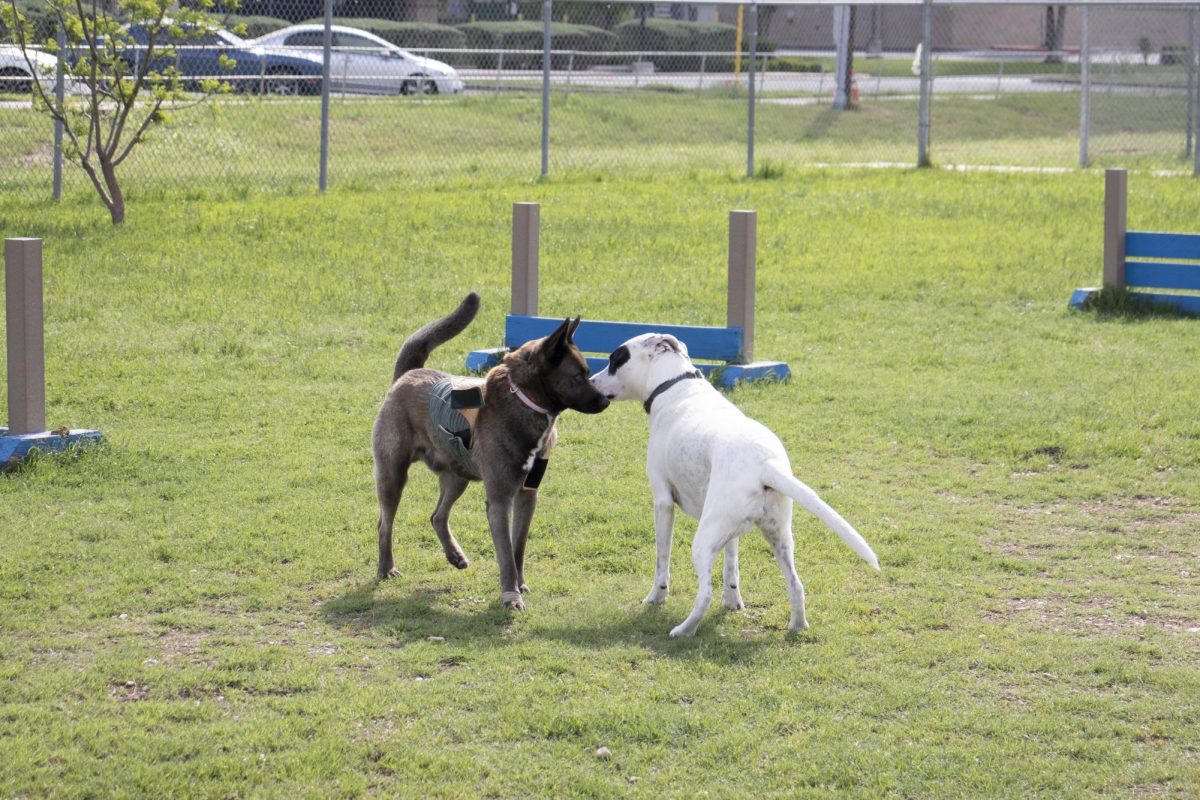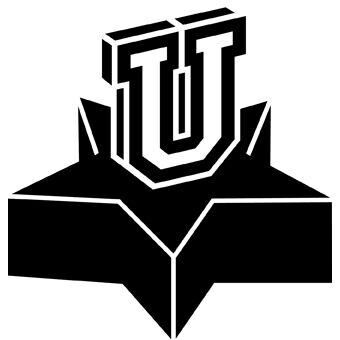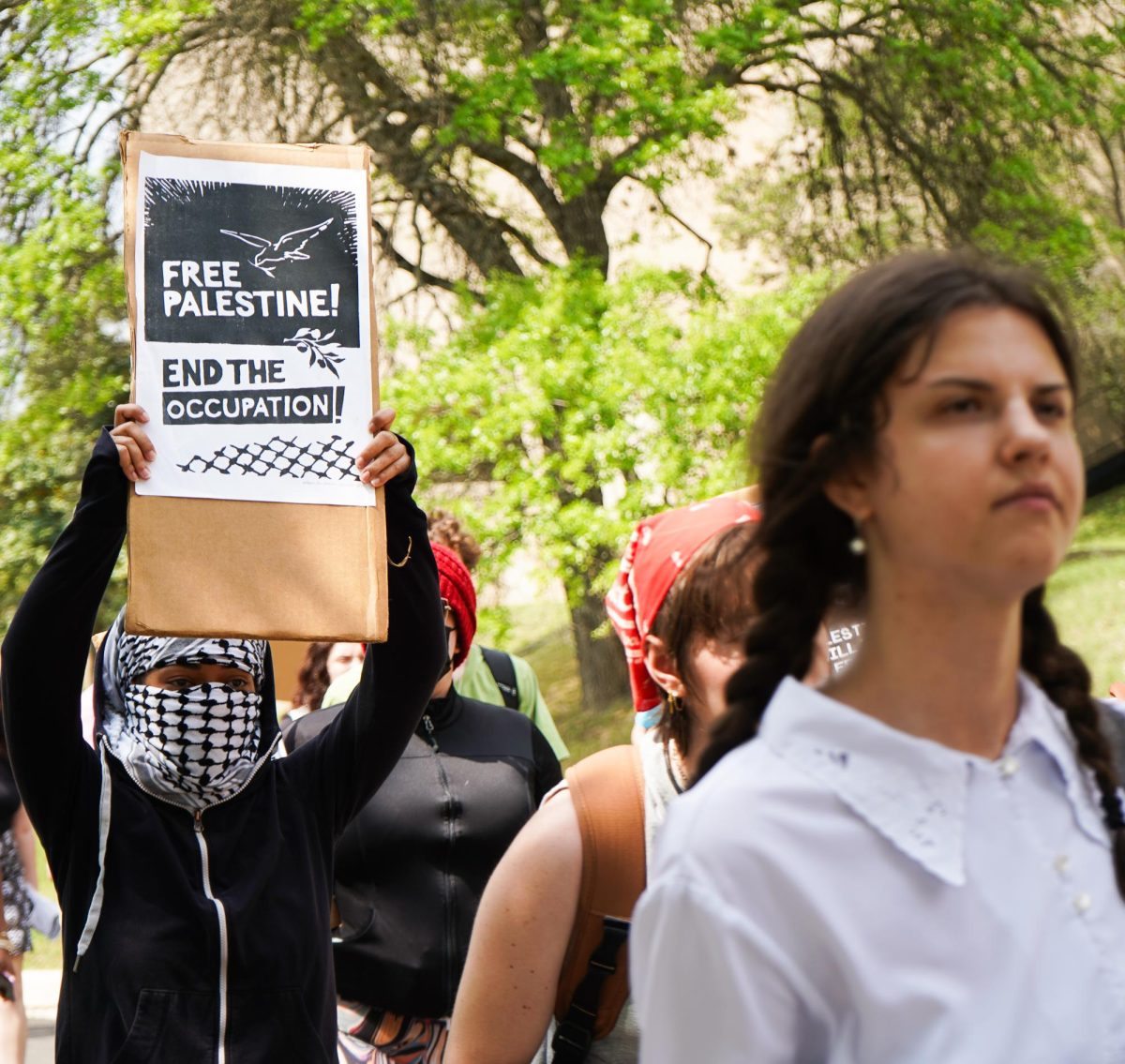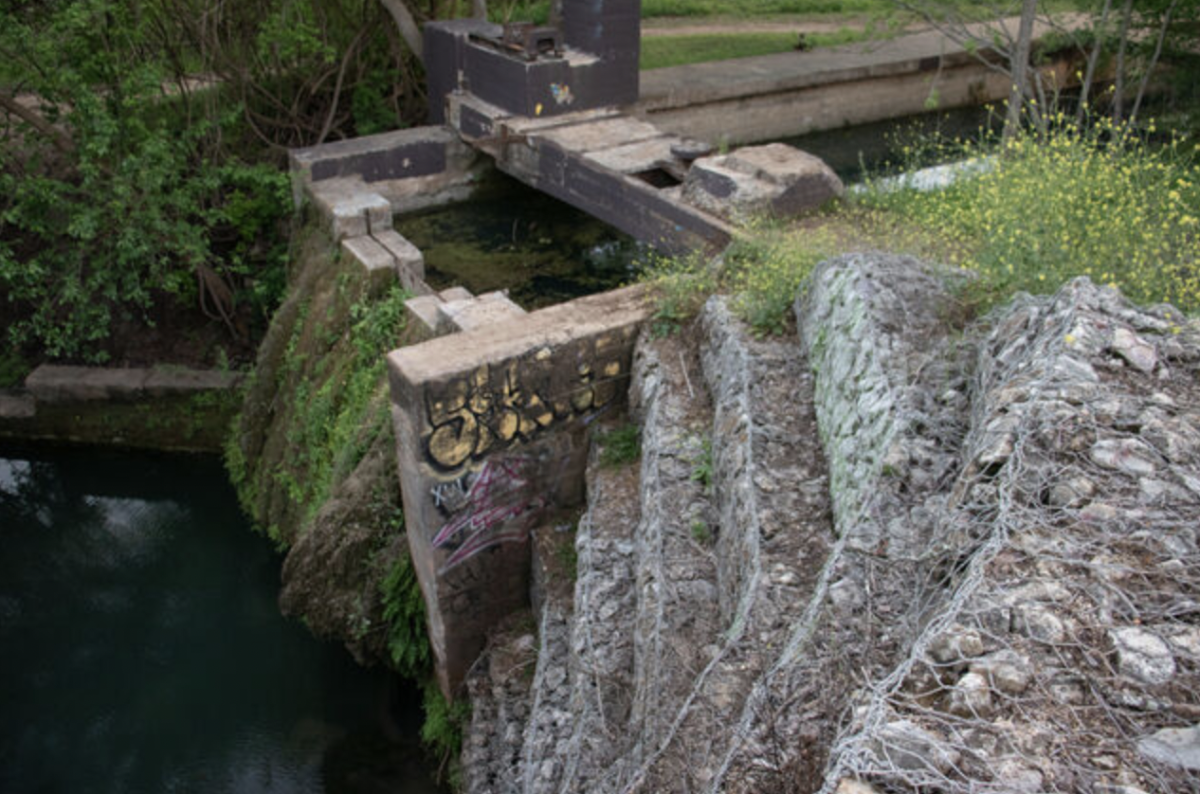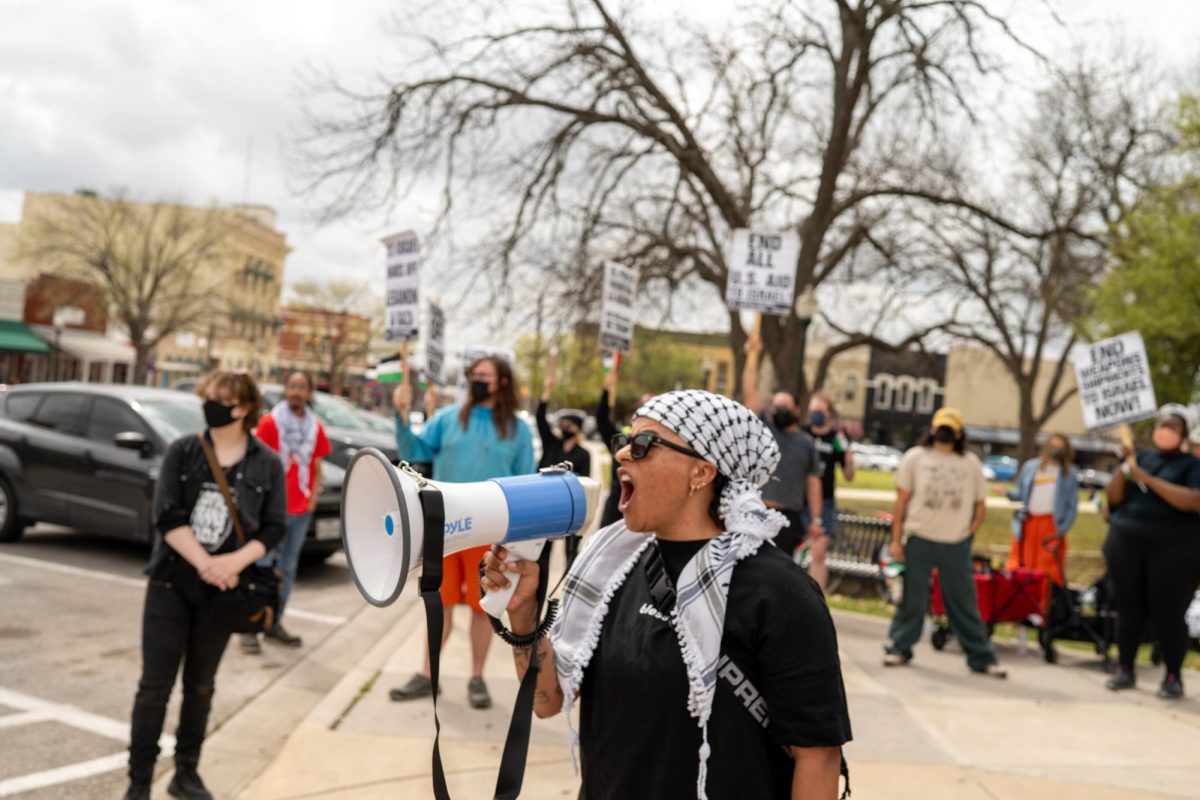The Parks and Recreation Advisory Board heard proposals Oct. 29 for a prospective cost recovery initiative going before San Marcos City Council Nov. 6, potentially signifying higher costs for customers using recreational facilities, amenities and services.
The cost recovery initiative was drafted by San Marcos Parks & Recreation officials to diversify incoming revenue. The proposal would shift a portion of the financial burden to customers using recreation programs to alleviate property tax spending, construct a formal pay structure for the community to delineate the reason for the fees and meet state mandates requiring user fees be justifiable.
The 2020 fiscal operating budget for San Marcos’ public services totals $86.4 million—with 6% spent by PARD—totaling $5.3 million to maintain services, programs and facilities. With the current model, PARD generates $545,000 in revenue and the remaining $4.8 million is supported by sales and property tax revenue, equating to about 10% revenue recovery for the department.
The newly appointed Director of Parks and Recreation Drew Wells said the current model, particularly the 10% revenue recovery measurement, needs to improve by charging higher fees and diversifying revenue sources incrementally over time.
“The issue is we are only generating about 22% of our direct costs with the overall cost being about 10% and we know that is not sustainable,” Wells said. “We need to implement a two-pronged approach: a new fee structure to increase the fees our users are currently paying, and we need to seek other revenue sources and opportunities to generate new revenue.”
In the presentation, PARD compared its 10% revenue recovery to other nearby cities: Round Rock at 28.5%; Georgetown at 24.1% and New Braunfels at 46.3%.
PARD
Infogram
Advisory Board member Jordan Buckley said San Marcos has a significantly higher percentage of the community under the poverty line than cities cited by PARD. Buckley said these are not value-added comparisons.
“I looked up the poverty rates of the cities listed (in the presentation)—New Braunfels is 8%, Round Rock is 9%, Georgetown is 7% and (San Marcos) is at 36%,” Buckley said. “We have quadruple the impoverished population relative to our population and if we push the costs on people who participate, it is going to disproportionately affect impoverished people in a way it would not in those other cities. I do not think it makes sense to compare ourselves to these cities in terms of how much money we can recoup from the community.”
Scholarships will be available to those who appeal and are deemed reasonably challenged to pay the proposed fees.
Additional charges would be rolled out differently for five different tiers of services, with the higher tiers increasing costs the most. The bottom tier, described as “services that specifically benefit the community as a whole,” includes parks, playgrounds, open spaces, trails and city-wide events.
Under the cost recovery initiative, these amenities could potentially see a 0-15% increase in cost to customers. Wells said cost increases to base tier programs will have to first pass strict scrutiny because of city officials’ interest to keep the offerings of low monetary value.
“(Tier one services and programs) the city has interest in keeping cost very low for participants,” Wells said. “They will be completely free or the participant will only pay 15% of the cost associated with that program.”
As individuals move up the tiers, the programs become individually based, with tier five described as, “services exclusive for individual benefit.” Examples of tier five benefits are specialized instruction classes, facility rental, sporting events, adult tournaments and adult membership to the San Marcos Activity Center.
On average, tiers one through three will see a 20% fee adjustment and tiers four and five a 25% fee adjustment.
The initiative includes new fees applicable to community events, specifically for amenities offered to organizers.
The current direct cost recovery for fiscal year 2020 is 22%, totaling $545,000. The proposal—as it stands with additional fee adjustments—outlines a set goal of 28% for the first year, totaling $721,000.
Parks Operations Manager Bert Stratemann said PARD will have to choose one of two options—generating more revenue or cutting programs and staff.
“We are at a point now where we either have to find a way to increase revenues or go back to the way we were in 2002, where we had to reduce personnel,” Stratemann said.
The proposal will appear before City Council members during their meeting at 3 p.m., Nov. 6.



